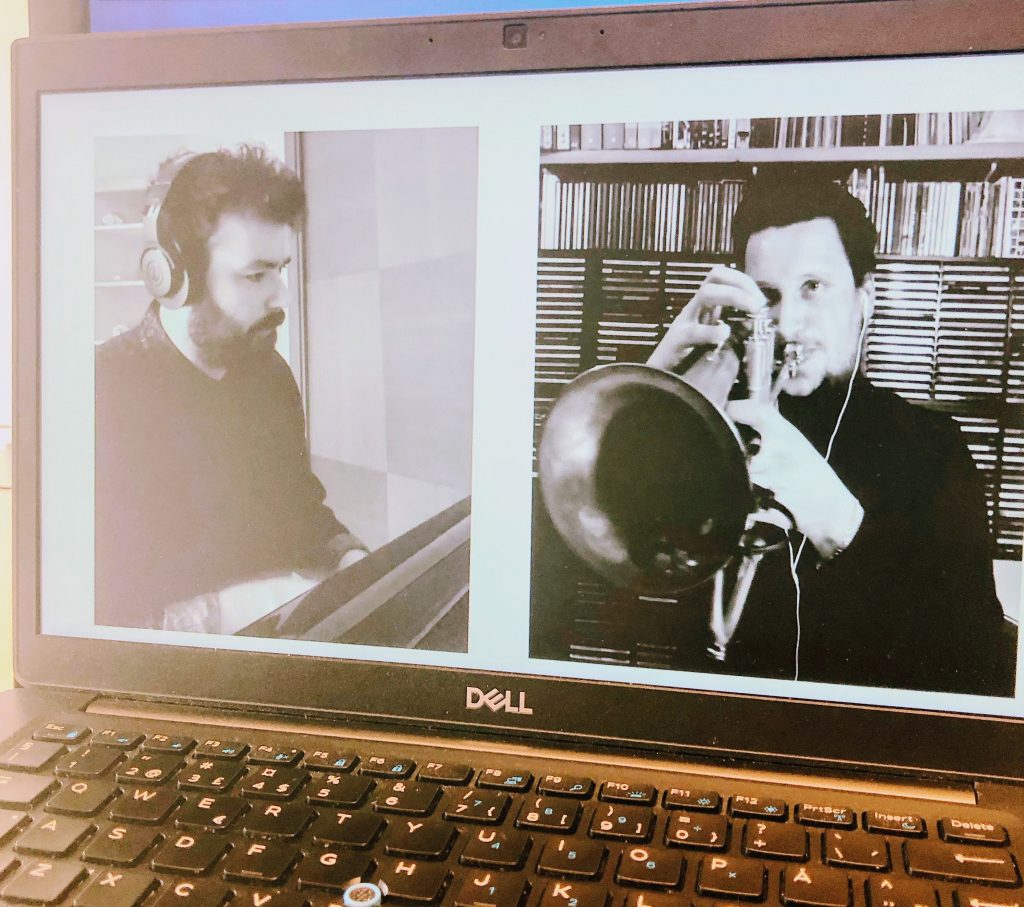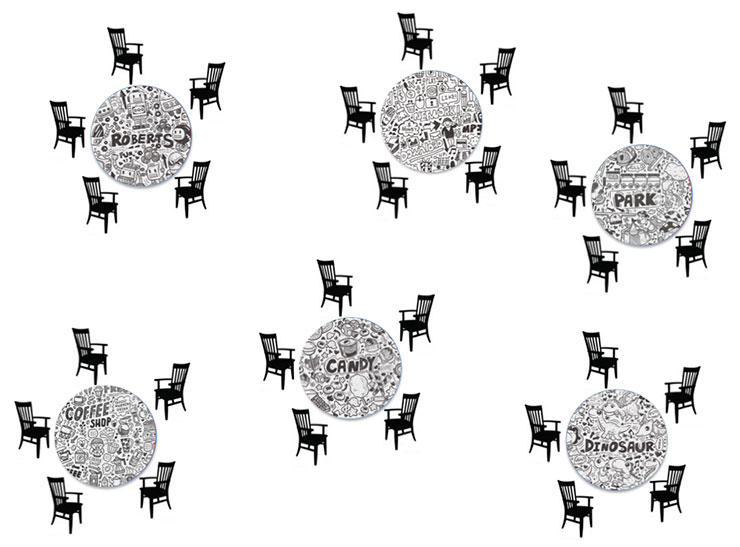Latimpe Platform 2020 - Students as researching artists
The second AEC (Association Européenne des Conservatoires, Académies de
Musique et Musikhochschulen) and CEMPE (Centre for Excellence in Music Performance Education) conference on Learning and Teaching in Higher Music Education took place 13 and 14 May. The original plan was to meet at Universität für Musik und Darstellende Kunst in lovely Vienna, but as the covid-19 situation became more and more serious, we decided to move the whole conference on to digital platforms.
Digital learning and teaching
The title for the second Latimpe Platform was ‘Students as researching artists – music, technology and musicianship’. In the call for papers, we asked in particular for projects exploring the use of digital tools in higher music education. Digital teaching in higher music education was until recently something we knew too little about, something few teachers were acquainted with and we anticipated that there were misused opportunities. However, after higher music education institutions closed down in March, we were forced to move the learning and teaching activities online. Thus, when the conference arrived in May, teachers all around the world had many experiences with online learning and teaching and moreover, a need to discuss online learning environments and develop and exchange ideas.
Keynote on Ludodidactics

The conference kicked off with an inspiring keynote by Evert Hoogendoorn, a Dutch educator and game designer. His plea was not, as some might have expected, to promote an edutainment approach to learning and teaching. Rather, he drew attention to the question of why well-done computer games succeed in motivating players to learn. From this, according to Evert Hoogendoorn, there were lessons to be learned for teachers in the area of higher music education as well.
A range of topics
In all, the conference offered 23 high quality paper presentations and one artistic performance. Presenters included students, researchers, teachers and technicians from all over Europe, as well as one from Nebraska and one from Mexico. The topics addressed ranged from tutorial software, online learning management methods, technical systems, and online exams in higher music education. Furthermore, there were presentations on how to stimulate students’ artistic development, the benefits and shortcomings of online teaching, student-led projects and philosophical contemplations and projects of artistic research.

Digital World Café
On day two, we had two world café sessions where attendees gathered in smaller groups for discussions on a set of topics. These topics included pros and cons of online learning, prospects of higher music education after corona, perception of online time vs real life time and how hierarchies are affected by moving learning and teaching activities online.

Creating a conference feeling
Just as the case is with online teaching, online conferences have their benefits and downsides. Increased accessibility was a great advantage. Many people signed up as the conference was free of charge and attendees could attend the sessions they liked from their homes without thinking about travel costs and time spent. Arranging digital conferences certainly open new opportunities, in terms of audiences and new network opportunities from attendees from all over the world. We are still very aware of the shortcomings. How do we support the presenters during a presentation when everyone is muted and most without their camera on? How do we stimulate discussions? And is it possible to simulate the informal conversations during coffee breaks in a physical conference? We had a coffee room open all day where attendees could drop in for a chat with other people in the room Students arranged a lunch meeting for students only. We tried to encourage applause after each session, with sound and not only with symbols. It also seemed that we all were learning a new way of socialising during the conference. We could see more activity in the chat, both supportive comments, questions to the presenters and information sharing. As well, the communication became less formal. For those who attended the whole conference, there were also a feeling of getting to know the other participants, as you would have in a traditional conference as well.
A more digitalised future?
The feedback given so far on the content of the conference was very positive. Digital learning and teaching remain a challenge – as it does to organise a purely digital conference. Covid-19 has catapulted us all into a huge trial field that will give us many new insights, including unexpected and remarkable ones. Some of the recurring discussion topics can give an idea of this:
- Online learning suddenly concerns everyone, not just a selected portion of the teachers
- Online learning and teaching changes our perception of time and opens up spaces of asynchronous learning
- Hierarchies change; they can flatten, but can also become steeper
- The preparation and follow-up of online courses is more time-consuming than conventional forms of teaching